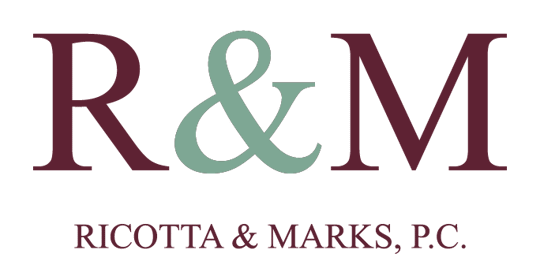The sexually charged atmosphere depicted on the acclaimed TV series “Mad Men” is shocking at times to behold.
Today, our society no longer tolerates the blatant sexism permitted in the early 1960s. There are still far too many incidents, however, when people are subjected to sexual harassment at work.
In this two-part post, we will review the basic protections against such harassment, which federal law treats as a form of sex discrimination.
The main federal law that provides this protection is the Civil Rights Act of 1964. Title VII of that law prohibits many different types of behavior in the workplace that are of a sexual nature.
The law has broad applicability. It applies to organizations with 15 or more employees – not only in government, but also in the private sector.
Historically, Title VII has not applied to unpaid interns. But as we discussed in our April 1 post, New York City has recently put in place protections for those interns.
What are some examples of prohibited conduct that constitutes sexual harassment?
The thing to keep in mind here is that Title VII applies to a broad range of conduct. It does not only apply to blatantly unwelcome sexual advances and obvious attempts to obtain sexual favors.
Sexual harassment under Title VII also includes other types of sexually oriented conduct that causes unreasonable interference with someone’s work or creates a hostile work environment.
It should also be noted that Title VII does not only apply to harassment of the opposite sex. It applies regardless of the gender of the harasser or person who has been harassed.
In part two of this post, we will discuss some of the steps involved in enforcing these legal protections.
Source: U.S. Equal Employment Opportunity Commission, “Facts About Sexual Harassment,” Accessed May 9, 2014
The post Sexual harassment, part 1: legal protections under federal law appeared first on Ricotta & Marks, P.C..

